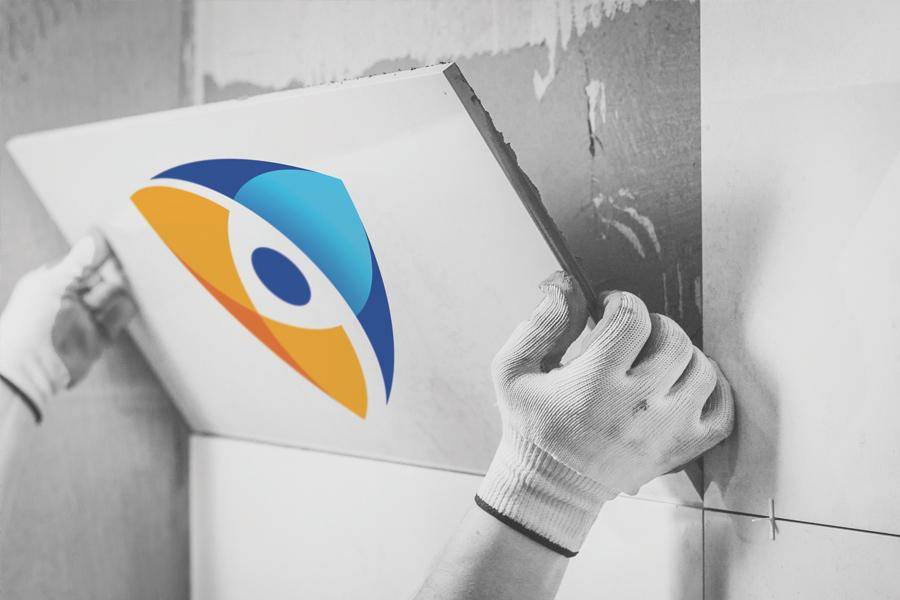Kimberley Cherrington, international marketing manager at Microban, discusses sustainable options to maintain ceramic surfaces
Walk into any kitchen or bathroom and you will see numerous ceramic surfaces, including floors, wall tiles and bathroom suites.
On the face of it, these surfaces appear easy to clean – but are they really? In fact, ceramic surfaces in moist and humid environments are prone to the rapid growth of harmful microbes, such as bacteria. The end result may be staining, odours and damage, reducing the product’s lifespan.
Periodic cleaning with standard disinfectants is typically used to reduce the presence of microbes on ceramic surfaces, but the residual effect of these products is limited. In practice, this means that soon after cleaning, bacteria begin to double in number. This can occur as quickly as every twenty minutes, making it challenging to keep within the human safety levels recommended by established guidelines – <100 colony-forming units (CFU)/100 cm2 for potential pathogens on high-touch surfaces, and <250 CFU/100 cm2 total microbial colony count.
Levels far in excess of these limits have been reported, driving demand for alternative means to regulate the growth of microorganisms and improve the hygiene and longevity of high-use ceramic items.
A long-lasting solution
The major advantage of built-in antimicrobial technologies is that they do not wash off or wear away, providing 24/7 control of surface growth of microbes to complement existing cleaning routines. They are not affected by surface disinfectants, meaning that the chemistries continue to function for the usable lifetime of the product, enhancing its durability and function without affecting aesthetics.
One approach taken by some manufacturers is the use of modified forms of titanium dioxide (TiO2) as a tile coating. When activated by strong UV light, TiO2 interacts with moisture to produce reactive oxygen species that can oxidise organic matter, including material in microbes, giving rise to antimicrobial, deodorising and anti-fouling properties. However, there are uncertainties as to their long-term health effects, and the safety of these technologies for indoor use has yet to be fully validated.
The silver alternative
A safe and effective alternative is to use silver-based chemistries, such as SilverShield technology. This novel formulation works to disrupt bacteria’s metabolism, inhibiting their survival, reproduction and colonisation on a surface, and can be built into ceramic glazes at the point of manufacture, where it works round the clock to reduce microbial growth. This is especially beneficial in environments where hygiene and cleanliness are of major concern, such as healthcare settings. UV activation is not necessary, and there is no risk of exposure to potentially carcinogenic compounds or harmful free radicals; the product remains inert until it comes into contact with bacteria. Crucially, these properties mean that the chemistry is approved for use in direct food-contact applications. The technology is also notified with the EU Biocidal Products Regulation, and registered with the US Environmental Protection Agency.
The sustainable option
Building antimicrobial materials into ceramics during the manufacturing process can be a complex process, as additives may interact with the auxiliary minerals in the glaze and cause damage to the product. However, the benefits outweigh the challenges, since ceramic products without the benefit of antimicrobials are more susceptible to the growth of microbes, and this can affect their aesthetics and surface hygiene, shortening the product’s lifespan. Working with knowledgeable antimicrobial suppliers with a wealth of in-house ceramics expertise and years of industry experience is the key to seamlessly integrating these technologies into ceramic surfaces without impairing the appearance or functionality of the final product. The end result is enhanced product cleanliness and sustainability, as well as added peace of mind for consumers.
www.microban.com








